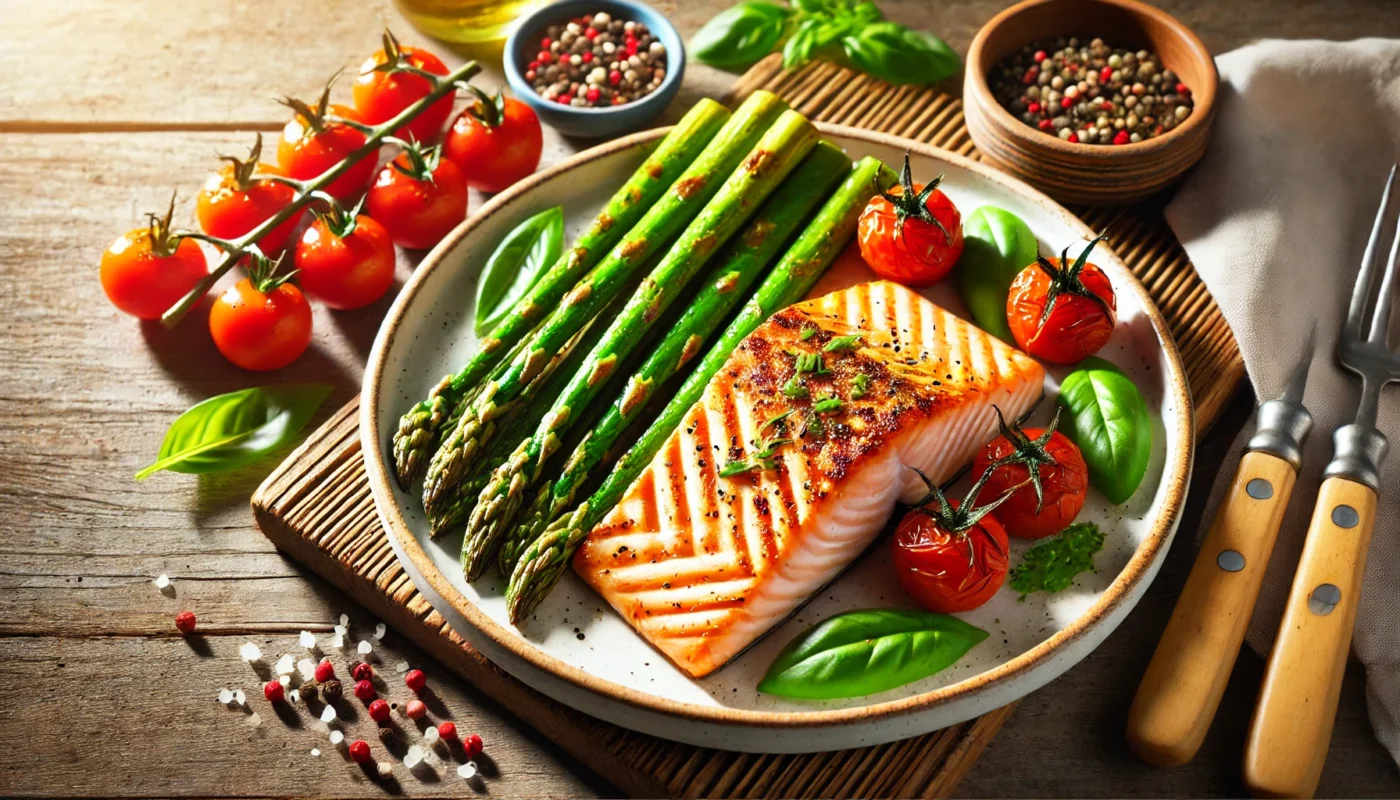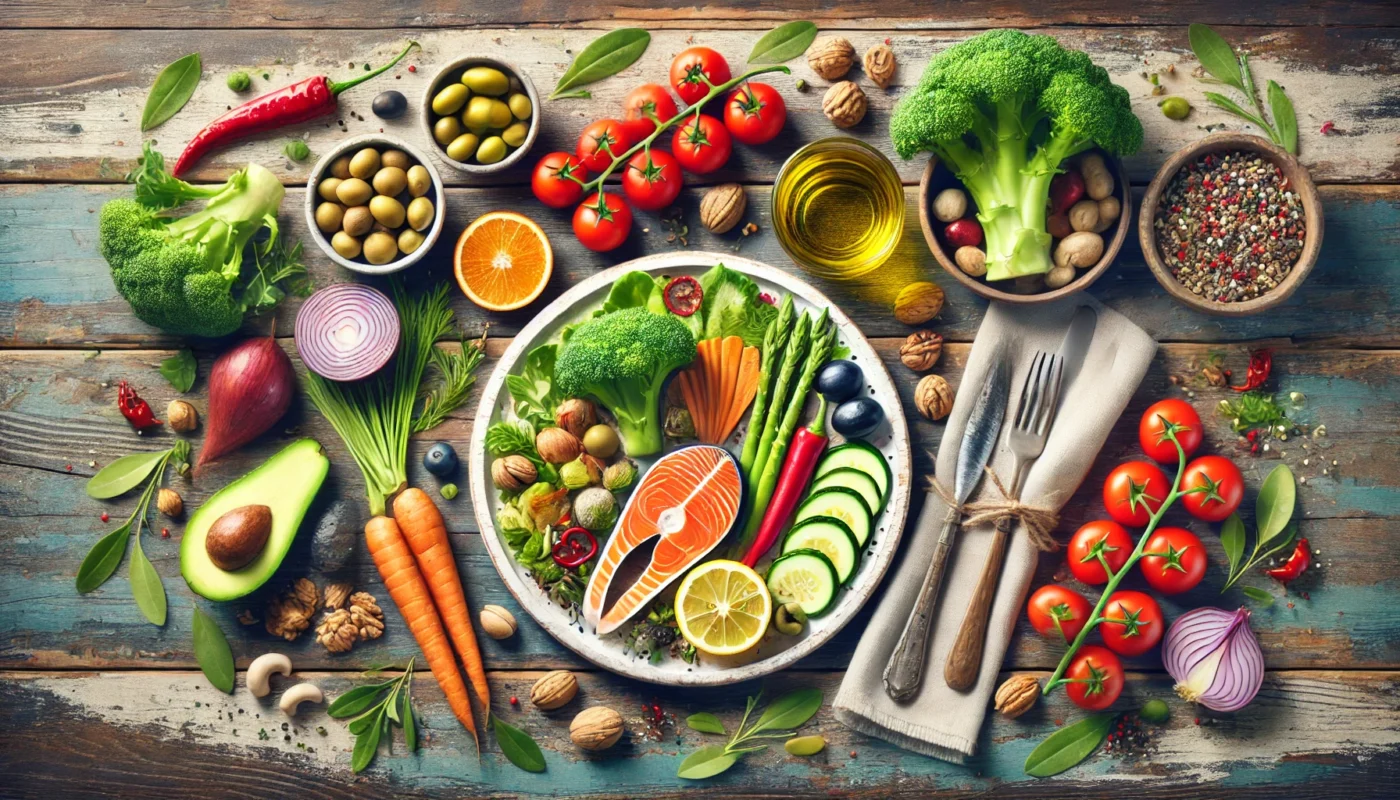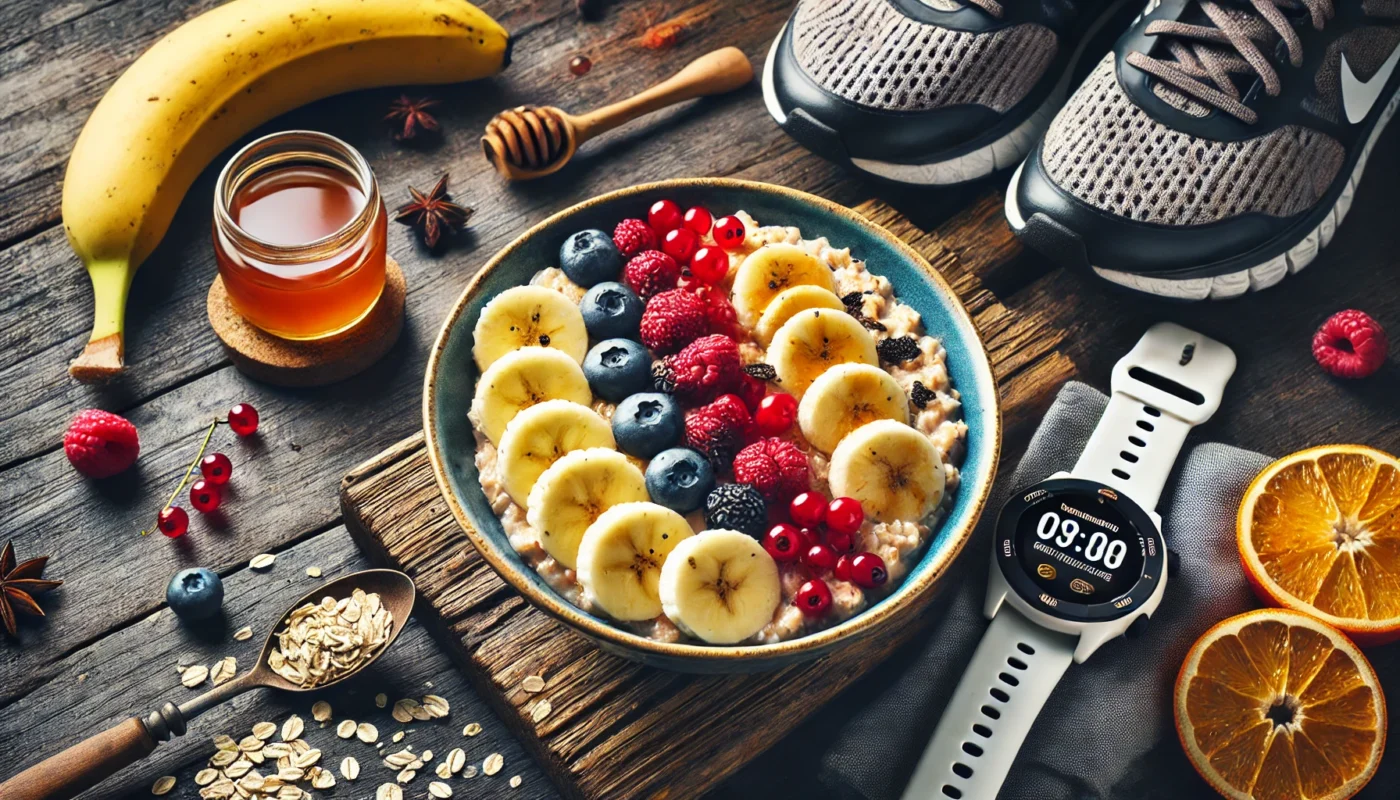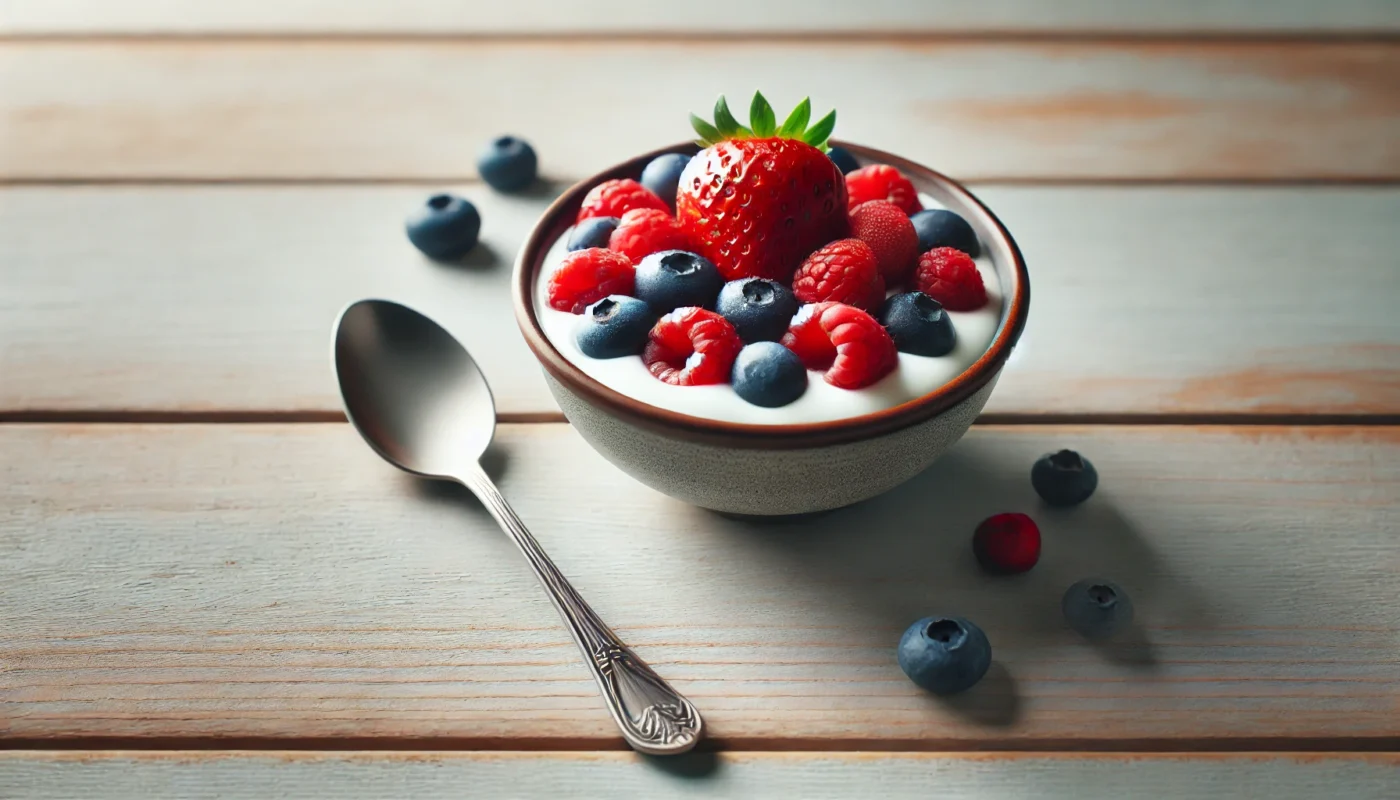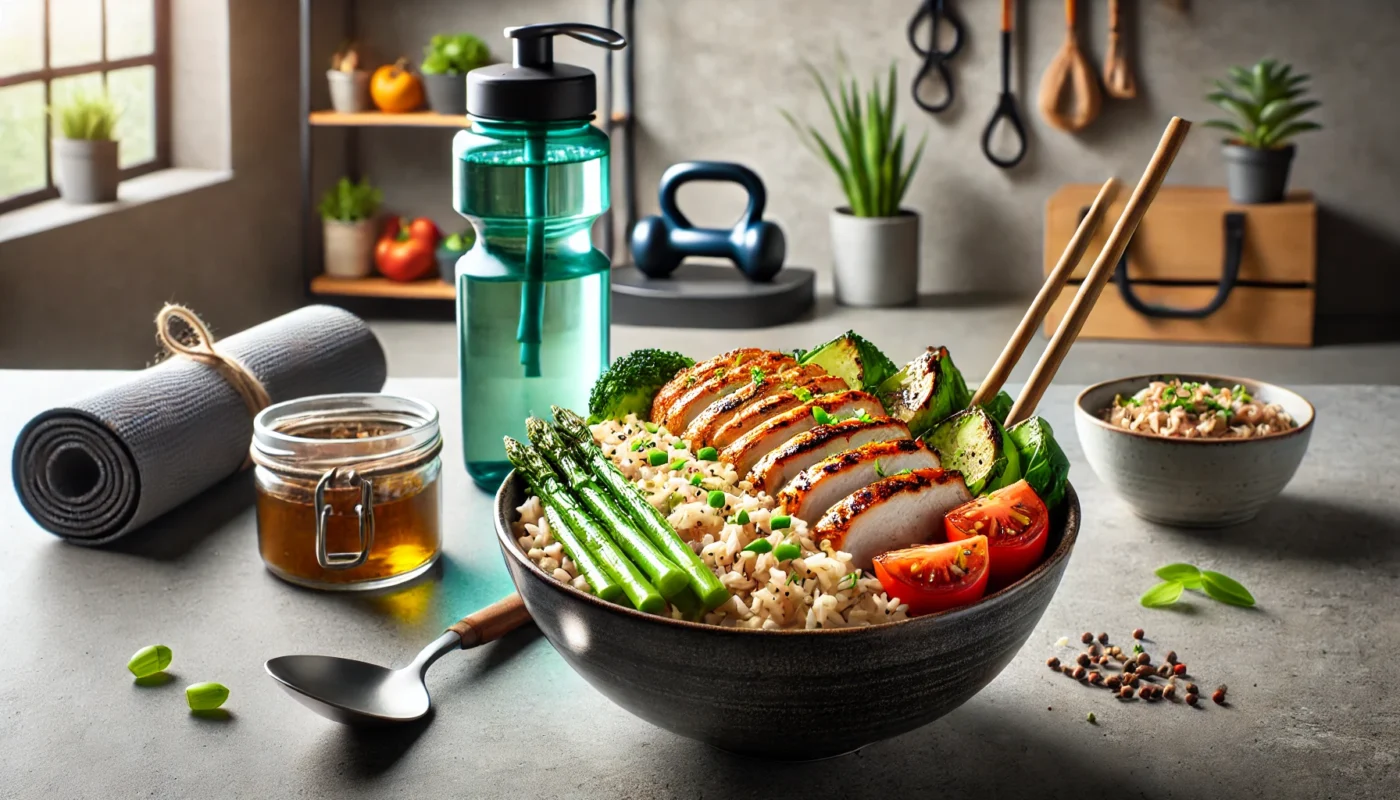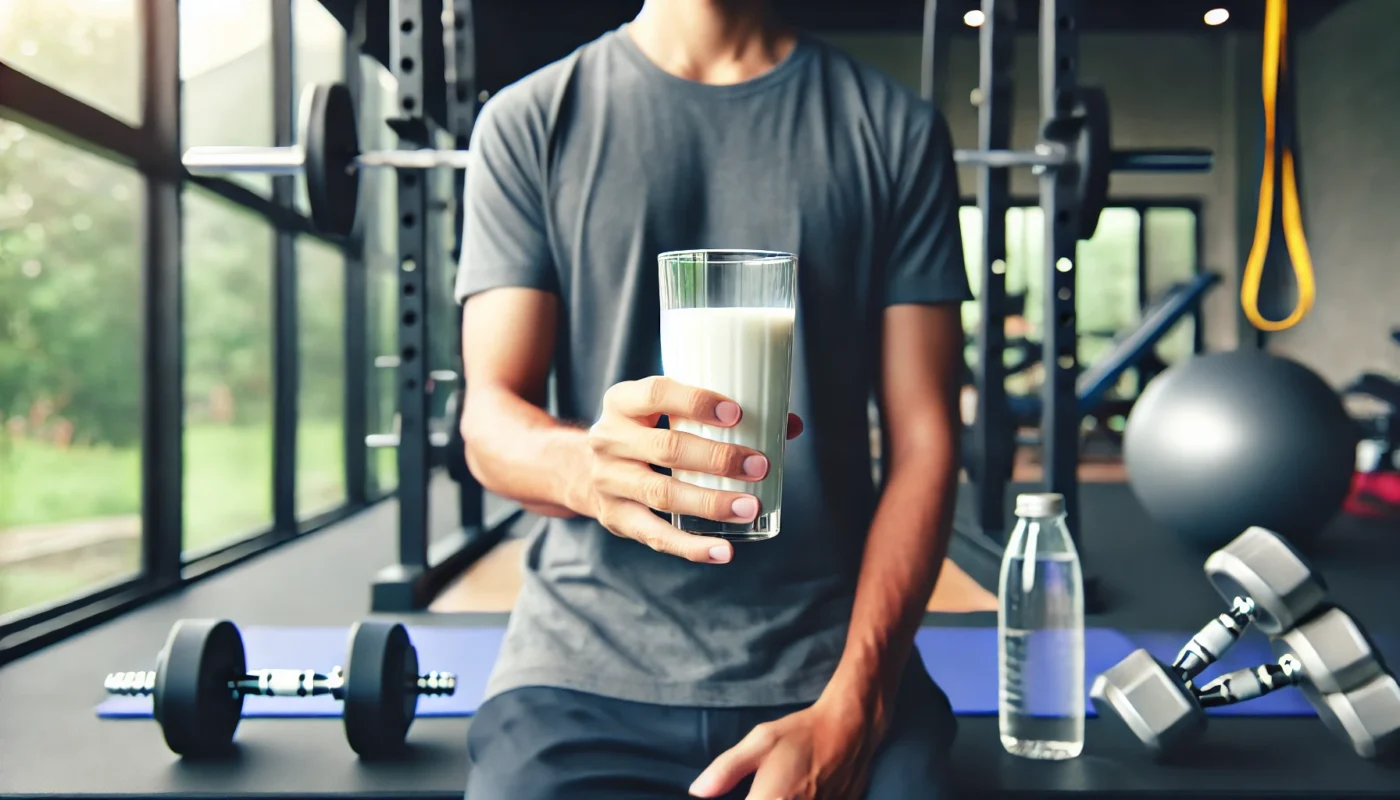Interventional pain medicine involves a range of techniques aimed at diagnosing and treating pain using minimally invasive procedures. These methods are often employed when traditional treatments like physical therapy or medication have not provided sufficient relief. Interventional treatments can target various pain conditions, including back pain, neck pain, joint pain, and nerve pain.
Tag Archives: Lifestyle Changes
Inflammation acts as a defense mechanism for the body. When the immune system detects harmful stimuli, such as pathogens, damaged cells, or irritants, it responds by initiating the inflammatory process. This response is designed to eliminate the initial cause of cell injury, clear out damaged tissues, and establish a repair process.
Acute inflammation is typically short-term, lasting only a few days, and is characterized by redness, heat, swelling, and pain. It is essential for healing and recovery. However, it’s important to recognize when inflammation becomes harmful rather than helpful.
Arthritis, particularly rheumatoid arthritis (RA), can be a debilitating condition that significantly impacts one’s quality of life. While conventional treatments can be effective, many individuals seek alternative therapies to manage symptoms, reduce pain, and improve overall well-being. In this article, we will explore a range of holistic and alternative treatments for arthritis pain that can complement traditional medical approaches.
Rheumatoid arthritis (RA) is more than just a health condition; it’s a chronic inflammatory disorder that affects more than 1.3 million Americans. Characterized by swelling, pain, and stiffness in the joints, RA can significantly impact your quality of life. However, it’s not all doom and gloom. With the right strategies, you can reverse some of the symptoms and regain control over your health.
This comprehensive guide delves into the science behind rheumatoid arthritis, explores holistic and alternative approaches, and provides practical advice on managing RA pain. Let’s embark on this journey to better health and well-being.
Osteoarthritis occurs when the protective cartilage that cushions the ends of your bones wears down over time. The condition can affect any joint but commonly impacts the knees, hips, hands, and spine. While age, genetics, and joint injury are significant risk factors, diet also plays a crucial role in managing osteoarthritis.
Embarking on a workout regimen requires more than just physical readiness; it necessitates a holistic approach that integrates mental and nutritional preparation to optimize performance and prevent injury. Whether you’re a seasoned fitness enthusiast, a health aficionado, or someone managing a medical condition, understanding the core elements of pre-workout preparation can significantly enhance your exercise routine. Here, we delve into essential pre-workout tips that are rooted in scientific research and holistic wellness practices to ensure you achieve your fitness goals efficiently and safely.
Pre-run nutrition focuses on fueling your body with the necessary energy to enhance performance and endurance. The primary goal is to provide your muscles with glycogen, a stored form of glucose, which serves as the chief energy source during intense exercise.
The Science Behind Pre-Run Fueling
Carbohydrates are the quintessential pre-run nutrient. As a rapidly metabolized energy source, they ensure that glycogen levels are adequate, thereby delaying the onset of fatigue. A study published in the Journal of Applied Physiology highlights that consuming carbohydrates before exercise can significantly enhance performance during prolonged activities. However, the body’s response to carbohydrate intake can vary, with some individuals experiencing immediate energy boosts, while others might not feel a significant difference.
Embarking on a workout without proper nutrition is akin to attempting to drive a car without fuel; you’re unlikely to get very far. Whether you’re a fitness enthusiast, a health aficionado, or someone managing a medical condition, understanding what to eat before exercising can optimize your performance and recovery. This guide will delve into the science of pre-exercise nutrition and provide practical advice on selecting the best foods for energy and endurance.
Rice, particularly brown rice, is an excellent source of carbohydrates, which are critical for replenishing glycogen stores depleted during exercise. Additionally, rice is gluten-free, easily digestible, and versatile, making it a suitable option for various dietary needs and preferences.
Carbohydrates: The Essential Fuel
Carbohydrates are the primary source of energy for your body during high-intensity workouts. After exercising, your body needs to replenish its glycogen stores to promote recovery and prepare for the next workout session. According to research, consuming carbohydrates shortly after exercise can enhance glycogen resynthesis, thereby speeding up recovery. Rice, with its high carbohydrate content, is an ideal choice for this purpose.
Before exploring the specific advantages of milk as a pre-workout beverage, it is essential to understand its nutritional makeup. Milk is rich in essential nutrients, including high-quality proteins, carbohydrates, and fats, along with vitamins and minerals such as calcium, vitamin D, and potassium. This unique combination makes milk a versatile and powerful dietary component.
The Comprehensive Nutrient Spectrum
Milk is often lauded for its balanced nutrient profile. It contains all the macronutrients needed to fuel the body, including carbohydrates for energy, proteins for muscle building, and fats for sustained energy release. Moreover, it provides essential micronutrients that support overall bodily functions, making it a holistic dietary choice.


